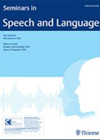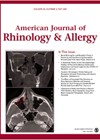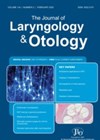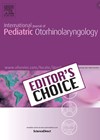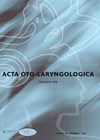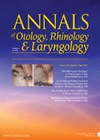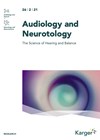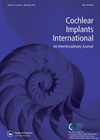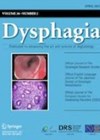
Journal Reviews archive for 2021
How can we actually be culturally responsive?
Now, more than ever, we need to take action to meet the needs of the students and patients we work with. Black Lives Matter only emphasised how little progress has been made in this area to date. The authors of...
How much does FESS improve the sense of smell?
We are all familiar with patients who undergo a seemingly successful FESS but, in spite of this, have persistent smell dysfunction postoperatively. This study compares a surgical group with a control group, measuring olfactory function pre and postoperatively using Sniffin...
Is there evidence to support early discharge of patients with tonsillitis, quinsy and epistaxis?
The COVID-19 pandemic, with its unprecedented pressures on the NHS, demands changes in the management of common ENT emergencies. In this review article, information has been gleaned from 22 relevant articles on how this can be done. The Portsmouth tonsillitis...
Does Koos classification predict facial nerve dysfunction?
The Koos classification is a grading system used often for preoperative evaluation of acoustic tumours on imaging studies. It indirectly correlates to the size of the tumour. Size of the vestibular schwannoma is often considered the main determinant for hearing...
Can we centralise cochlear implant surgery and keep most appointments close to home?
The NHS Five Year Forward View promoted seeing patients closer to home in order to provide better care, cut down on missed appointments and reduce costs. This encouraged the development of ‘hub and spoke’ models of care, but this model...
Compress to suppress the venous tinnitus
This interesting retrospective case series analyses the effectiveness of a modified surgical technique with retromastoid reconstruction of the sigmoid sinus by mechanical compression with Surgicel and bone wax packing under local anaesthesia for patients with venous pulsatile tinnitus related to...
Canal wall up mastoid defects - can they be usefully reconstructed with hydroxyapatite cranioplastic cement?
Standard canal wall up (CWU) mastoid surgery leaves a mastoid defect of varying size, commonly covered by soft tissue. Rarely, this bony defect can cause discomfort, cosmetic issues or other problems. To mitigate these, the defect can be filled either...
Quality of life after cochlear implantation in the older population
Cochlear implants (CI) have been increasingly adopted in older adults with severe to profound hearing loss as a result of the growing and ageing world population. There is much interest in the cost-effectiveness and quality of life in CI users....
Recording of electrode voltages (REVS) to determine extra-cochlear electrodes
Determining whether electrodes are sitting within the cochlea can be difficult as the checks run by the programming software cannot always determine this. In some cases, patients may be unable to give the audiologist detailed feedback which can complicate the...
All videoswallows are not performed equally…
Videofluoroscopy is one of the main instrumental tools used to assess swallowing biomechanics and physiology. In the UK, it is mainly within the remit of speech and language therapists (SLT) to perform videoswallows but there is considerable variability in both...
COVID-19 in patients with chronic rhinosinusitis with polyps. Are they at risk?
COVID-19 entry factors are highly present in nasal epithelial cells. These factors include ACE2 and TMPRSS2. Their presence in patients with chronic rhinosinusitis with nasal polyps (CRSwNP) was not investigated before. Authors investigated expression of ACE2 and TMPRSS2 in two...
Audiology and COVID-19
COVID-19 affected all clinical services in a very short time, including audiology. This service improvement investigation concentrated on how audiology services in the UK were impacted by the virus and how perception of tele-audiology changed. About 120 practising audiologists were...

